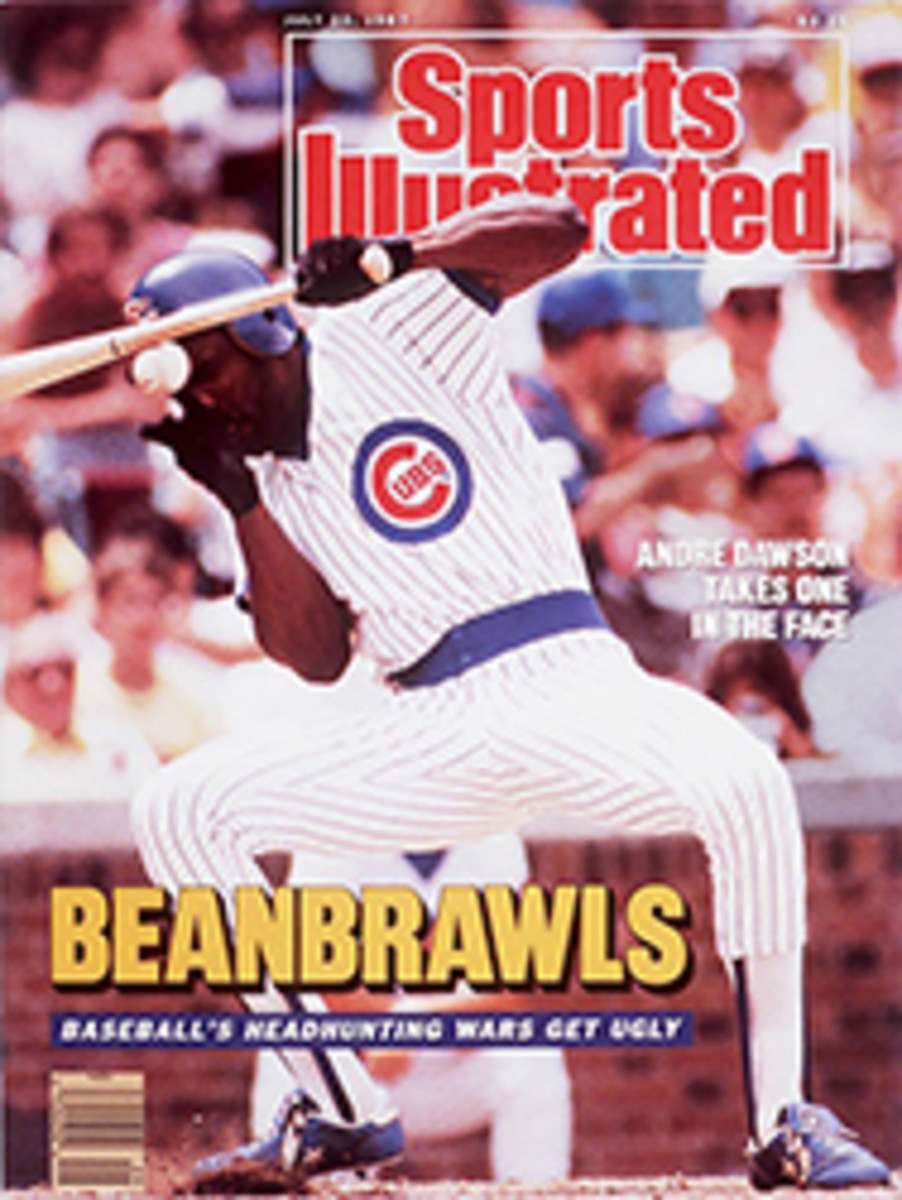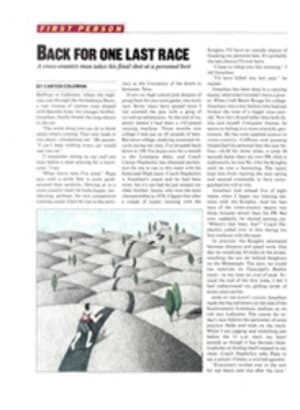
Passion in the Piazza
For 10 months a year the citizens of Siena are reserved and withdrawn, as befits a people who have lived behind towering walls since the Dark Ages. But during Palio, madness prevails. Palio is a bizarre horse race that has been run twice a summer for at least 350 years. Every July and August, 10 horses, each representing a contrada, or district, of the city are asked to gallop three laps (slightly more than one kilometer) around the perimeter of the seashell-shaped Piazza del Campo.
Some 3,500 people reside in each contrada, all of which have proud and fiercely independent identities. Although some contrade are wealthier than others, race procedures give them all roughly the same chance of winning. The horses are offered to the town by owners in the countryside. The 10 fastest, determined by trial heats, are then drawn by lot by the con trade three days before the race.
Any means may be, and have been, used to win, including doping and juicing horses, and bribery. Jockeys are frequently empowered by the capitano—the man chosen by each contrada to devise a winning strategy—to make deals with other jockeys. This is usually possible only when the horses and riders take the track. The site of greatest intrigue, then, is the courtyard of the Palazzo Pubblico, the ancient town hall, where all the horses come together just before the trial heats and the race itself. What really goes on in there is anybody's guess and nobody's business.
On race day all places near the rail on the Piazza del Campo are taken by early morning. Seats in the stands that circle the track are sold for $100 apiece. Places in the windows overlooking the piazza are bargained for weeks in advance. By 5 p.m. the asymmetrical piazza is crammed with about 60,000 spectators, only a small fraction of whom will have vantage enough in the sunken infield to see the race.
But they must wait while the prerace pageantry of the Palio plays itself out slowly. For two hours boys dressed in traditional medieval costumes representing each contrada march slowly around the course. A cannon blast at 7 p.m. announces the emergence of the horses from the Palazzo Pubblico. Then, for the 80 seconds it takes the horses to complete the three laps, all passion is unleashed in the piazza.
When the race is over, joyous people from the winning district take the Palio, a standard of the Virgin painted for each race by a prominent Italian artist, and parade it around the track. Grown men with tears in their eyes, arms about one another, sing the contrada fight song. Wine flows. The party has begun and it will last till dawn.
TWO PHOTOS
Lane Stewart
THREE PHOTOS
Lane Stewart
The horses depart for the starting line through a Gothic courtyard (left) after the Palio has been paraded through Siena and the jockeys have been blessed at a sunrise Mass.
FOUR PHOTOS
Lane Stewart
Some 60,000 folks attended last August's race, which also featured a display of contrada flags (top), an equine kiss for good luck and a knight in shining armor.
FOUR PHOTOS
Lane Stewart
The balcony of a bank becomes a sky box for the race; the Tower contrada throws a banquet; a couple salutes the day; the boys of Tower break out in song; (facing page) a standard-bearer shows his colors.

